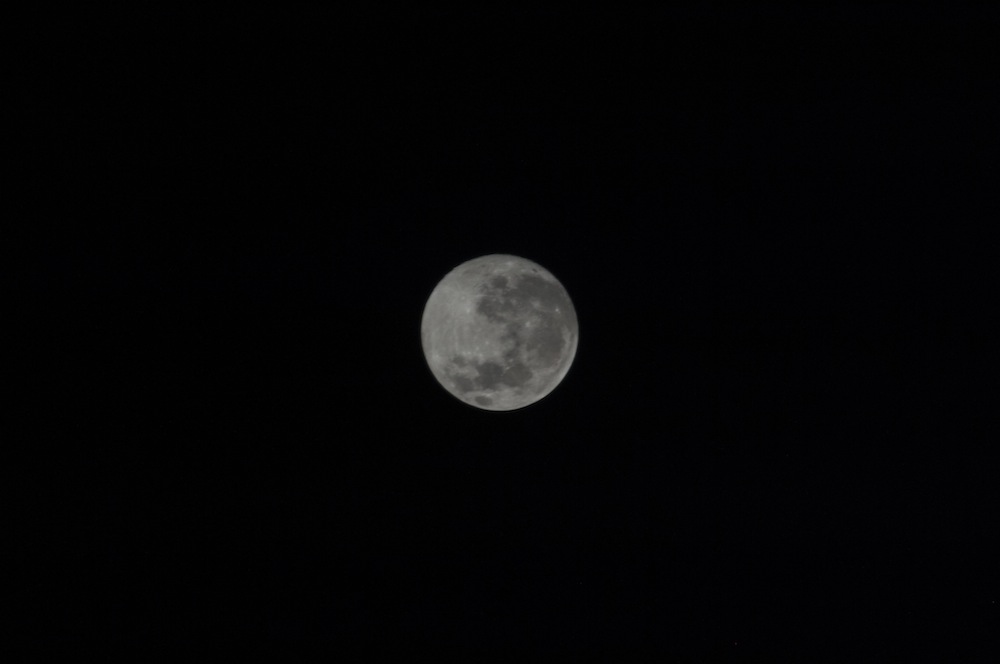Full Harvest Moon: How to Photograph Tonight's 'Supermoon'

Are you ready to capture the "supermoon" tonight? This evening, the moon will be at its best — in its full phase and at its closest point to Earth. If you have a camera ready, it's a prime opportunity to capture a brilliant lunar spectacle.
Tonight's moon is the last of three back-to-back "supermoons" visible in the Northern Hemisphere this summer. It is known as the Harvest Moon since it is the full moon nearest the September equinox this year, according to Space.com.
The moon will reach its full phase tonight at 9:38 p.m. EDT (0138 GMT). To celebrate tonight's supermoon — the last one until Sept. 28, 2015 — camera company Canon Inc., has released a few tips to make it easier for aspiring astrophotographers to get prime shots of Earth's closest celestial neighbor. [In Photos: Glitzy Images of a Supermoon]
Here are some tips to keep in mind when photographing the moon:
- Keep your exposure settings similar to what you would input if you were taking pictures on a sunny day outside; the moon's surface is in full light because it's also illuminated by the sun.
- Use as long a focal length as you can for your lens. Somewhere in the range of 300 to 600 mm is acceptable for most amateur photographers.
- Although the moon will be bright enough for a short exposure, it's better to use a tripod to make sure the image is steady and that the shot is framed properly.
There are other ways to improve your photographs of the moon. For instance, you can manually change the shutter speed (the exposure time), the aperture (the opening that controls how much light goes into the lens) and the ISO, or the sensitivity of the camera's photo cell, Jason Mrachina, a professional photographer based in Des Moines, Iowa, told Live Science in a previous story.
Here are Mrachina's recommended settings:
Tripod
Sign up for the Live Science daily newsletter now
Get the world’s most fascinating discoveries delivered straight to your inbox.
- ISO: 100 - 200
- Aperture: f11 - f14
- Shutter speed: 1/125 - 1/250
Handheld
- ISO: 800-1000
- Aperture: f8 - f9
- Shutter speed: 1/1000 - 1/1500
Mrachina also recommended taking pictures from a dark area far from light pollution, and standing a short distance away from an object, such as a fence, that can create a silhouette in front of the moon.
Follow Elizabeth Howell @howellspace, or Live Science on Twitter @livescience. We're also on Facebook & Google+. Original story on Live Science.

Elizabeth Howell was staff reporter at Space.com between 2022 and 2024 and a regular contributor to Live Science and Space.com between 2012 and 2022. Elizabeth's reporting includes multiple exclusives with the White House, speaking several times with the International Space Station, witnessing five human spaceflight launches on two continents, flying parabolic, working inside a spacesuit, and participating in a simulated Mars mission. Her latest book, "Why Am I Taller?" (ECW Press, 2022) is co-written with astronaut Dave Williams.









